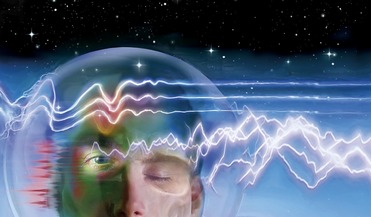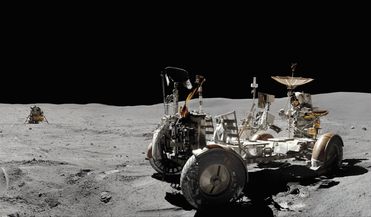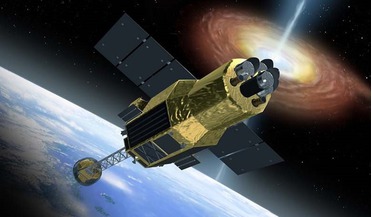 April 2020
Protecting against the dangers of space radiation
April 2020
Protecting against the dangers of space radiation
...flares (solar particle events); and galactic cosmic rays, which are high-energy protons and heavy ... around 12 m of water would be needed to stop galactic cosmic rays, which is a significant protective layer to provide. Personalised programmes Another ...
 August 2016
Our changing world and the mounting risk of a calamitous solar storm
August 2016
Our changing world and the mounting risk of a calamitous solar storm
... that our six-sextillion ton spacecraft has to protect us from - solar storms, comets, asteroids, and cosmic rays. We forget that our atmosphere and our naturally formed Van Allen belts held in place by the Earth...
 September 2017
Telescope targets enigmatic deep space mystery
September 2017
Telescope targets enigmatic deep space mystery
... history whenever something has gone bump in the night, it has hinted towards a new phenomenon, be it pulsars or gamma-ray bursts. One such ‘bump’ came to light in 2007, when astronomer Duncan Lorimer and his team from...
 April 2021
Managing the Moon - a model for engaging with planetary environments
April 2021
Managing the Moon - a model for engaging with planetary environments
... environment with an exosphere, a water cycle and a slow but constant geological process of dust interaction with cosmic rays and micrometeorites. As the Apollo missions of the 1960s showed, each landing location had its own unique...
 08 February 2016
Japan’s Astro-H mission due to launch on February 12, 2016
08 February 2016
Japan’s Astro-H mission due to launch on February 12, 2016
...read by a thermometer.The heat is directly proportional to the X-ray’s energy and it can reveal much about the physical properties of... instrument in many respects resembles the Goddard-built X-ray Spectrometer that flew on Suzaku and for good reason...
 April 2017
Surviving radiation for space colonisation
April 2017
Surviving radiation for space colonisation
...damaging cells. Examples of ionizing radiation include X-rays and gamma rays. Non-ionizing radiation is relatively low-energy... to shield us from ions, no ozone layer to stop ultraviolet rays and only a thin atmosphere to absorb radiation. On the Moon ...